What is the Origin of the Word Terracotta
With a range of brownish-red coloured flower pots, statuettes, and tiles, scattered around this planet, it would be interesting to know what they are called, what is the origin of their unusual Nomenclature, and some of the distinct qualities that have led them to become so widely used over time, right?
They are called Terracotta, the dry clay which is baked in a kiln or atop combustible material in a pit, at a typical firing temperature of around 1,000 °C (1,830 °F), though in historic and archaeological cases, it may be as low as 600 °C (1,112 °F).
Terracotta can be both glazed and unglazed fired clay and is often used as a part of the decorative architecture.
Clay, one of the oldest building materials, is in constant use since the prehistoric times. To add longevity to the objects, artefacts or buildings built using clay, baked clay or terracotta came into vogue. Due to its lightweight nature, it has been extensively used for architectural purposes across the world.

Terracotta originates literally from the Italian translation: ‘baked’ or ‘cooked earth’. In other words, this word was borrowed from Italian vocabulary: terra (“earth”) + cotta (“baked”). Terracotta clays are often rich in iron and are made from a type of porous clay.
Terracotta articles are cheap, durable and versatile. This ceramic art form continues to be vastly used today.
History
Terracotta bricks and tiles are in use since centuries for building domestic as well as civic structures. It has been made since thousands of years by indigenous cultures across the world.
Terracotta has been in use since ancient times, viz. in Chinese Pottery (from 10,000 BCE), in Greek Pottery (from 7,000 BCE), and in Mesopotamian and Egyptian arts and sculptures. They were also seen in Minoan art from Crete and Italian Etruscan art.
We see the presence of Terracotta in Greek temple decorations (architecture). In Roman architecture, terracotta reliefs were a common feature. Terracotta saw its revival during the period of Italian Renaissance and witnessed a further overhaul in the 19th century.
It is said that Terracotta was first used in prehistoric art. This is exemplified in the Venus of Dolby Vestonice (26,000-24,000 BCE), discovered under a layer of ash at a paleolithic encampment in Moravia.
Some of the famous terracotta figurines from the neolithic period are:
- The Enthroned Goddess Figurine from Catalhoyuk, Anatolia (~6000 BCE).
- The Thinker of Cernavoda (~500 BCE) from Danube, Romania
The Bronze and Iron Age artisans continued to experiment with terracotta methodologies, to create outstanding pieces of art. Eg:
- The female fertility cult figures discovered at Mohenjo-Daro, Pakistan (3000-1500 BCE)
- The Burney Relief (c.1950 BCE), Ancient Mesopotamia
In China, The Terracotta Army was one of the biggest hauls of terracotta sculpture. The terracotta collection depicted the armies of Qin Shi Huang, the 1st emperor of the country. It was a sort of funeral art that went along with the burial of the emperor during the period 210–209 BCE, with the notion that they would protect the emperor post his death.
New findings show that the sculptors used terracotta in the time of Hellenistic art (323-30 BCE) also.
Terracotta finds mention in the early period of Christian Art (200 CE) used for the purpose of creating tomb reliefs.
The Nok culture of southern West Africa (modern-day Nigeria), during the Iron Age from the 5th century BCE to the 2nd century CE, developed distinctive terracotta sculptures of human heads and other figures. In fact, according to some scholars, Nok was the first known culture in West Africa to produce such art forms from terracotta.
Characteristics
Simply baked terracotta is not watertight -- a layer of glaze has to be applied. Recycled terracotta (‘grog’) can be mixed with fresh clay to make a new batch.
The objects made of Terracotta require simpler and cheaper techniques and hence are quite easy to replicate and decorate, as compared to stone or bronze objects - even moulds can be reused. Moreover, though terracotta is usually used unglazed, however, a range of different colours and textures can be obtained with a series of glazes.
Terracotta's use in architecture
Terracotta received approval as a building material from the Arts and Crafts movement, as it was considered to be a handmade material designed by craftsmen.
During the period 1860-1970, the architects in England and in America were using unglazed terracotta to ornament the outer wall of buildings, for example:
- The gorgeous terracotta facade of Natural History Museum, London
- The Victoria and Albert Museums (1859–71)
- The Royal Albert Hall (1867–71)
Moreover, from the period spanning 1842-45, St Stephen and All Martyrs' Church at Lever Bridge, Bolton were constructed almost entirely from terracotta.
In America, Louis Sullivan (1856-1924) from the reputed Chicago School of architecture, earned much fame through his elaborate and complicated glazed terracotta designs. William Le Baron Jenney, from the same school, vanguard its use in skyscrapers with a view to reducing risk from fire.
The Bell Edison Telephone Building in Birmingham is a fantastic example of Victorian terracotta architecture.
The iconic Terracotta Army
It is pertinent to mention here that one of the greatest works in the sphere of terracotta sculpture was the Chinese Terracotta Army, made during the time of Qin Dynasty art (221-206 BCE).
Unearthed in 1974 adjacent to the tomb of Qin Shi Huangdi in Shaanxi province, China, the terracotta set consisted of 8,000 clay warriors and horses. The curators of the tomb are of the view that there could still be a large number of such materials to be uncovered.
It wouldn't be an exaggeration to mention that terracotta sculptures can be seen in some of the best art museums and sculpture gardens across the world.
West Bengal’s terracotta treasures
In West Bengal, while baked clay objects were in regular use since ancient times, exquisite temples with distinctive ‘chala’ styled roofed structures and beautiful terracotta plaques on walls and pillars gained much currency during the (Krishna) Bhakti movement, which lasted for three centuries- 16th – 19th.
In Bengal, the terracotta temples of Bishnupur are famous, followed by Char Bangla temple and the Gangeshwar temple in Baranagar.
Yorubangala or the Jor Bangla Temple in Bishnupur was built by King Raghunath Singha Dev II in 1655 CE. It is one of the few temples in Bishnupur which is still in good condition. It is richly ornamented with terracotta sculptures.
In Dumka district of Jharkhand, near the Bengal border at Maluti village, there is a group of 72 extant terracotta temples.
These temples sport the characteristic Chala architecture, inspired by the traditional Bengali huts with their sloping roofs and curved edges. They are mostly Shiva temples — Sikir Taraf, Rajar Bari, Madhya Bari, Choi Taraf and the Maulicha temple complex.
The use of Terracotta in modern-day
Terracotta is often used to make sculptures, tile, planters, garden, toys and architectural ware. When it is glazed, it is often Nomenclature as ‘Red earthenware’ rather than the normal Terracotta.
Final words
A blushing tone-on-tone palette with terracotta accents coupled with terracotta artefacts can give your homes a retro-cool vibe.
Terracotta is in the bloodstream of our culture and traditions. You can sway the winds of our culture back at your tables with Ellementry's terracotta collection that ranges from curd-setters and sprout makers to water bottles and bakewares.
We, at Ellementry, are always eager to dive down deep into history to bring you products considered long forgotten. Our Terracotta range is an exploration into history's marvels, matched by beautiful artistry; that has the power to enhance your kitchen's aesthetics and enthral you towards our products.
So, what are you waiting for? Take a deep breath and begin the ultimate countdown to visit any Ellementy store now - to pick up some of the exquisite terracotta products; that though have ancient- elemental roots, but still will give a refined look.










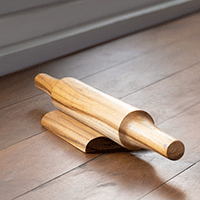


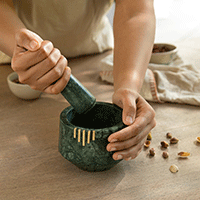



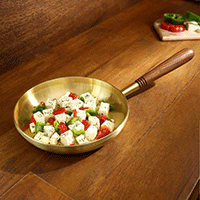














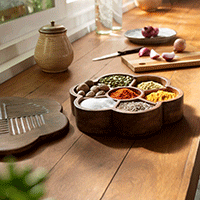






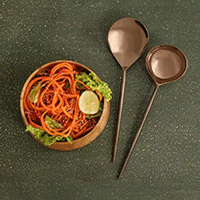







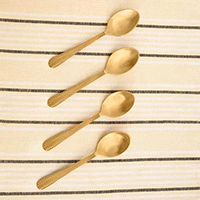

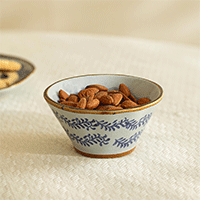


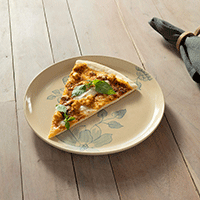





























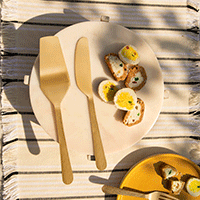
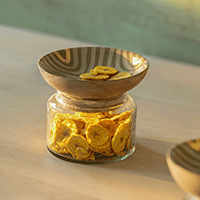






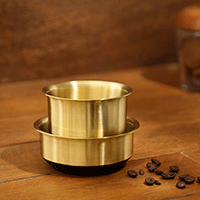




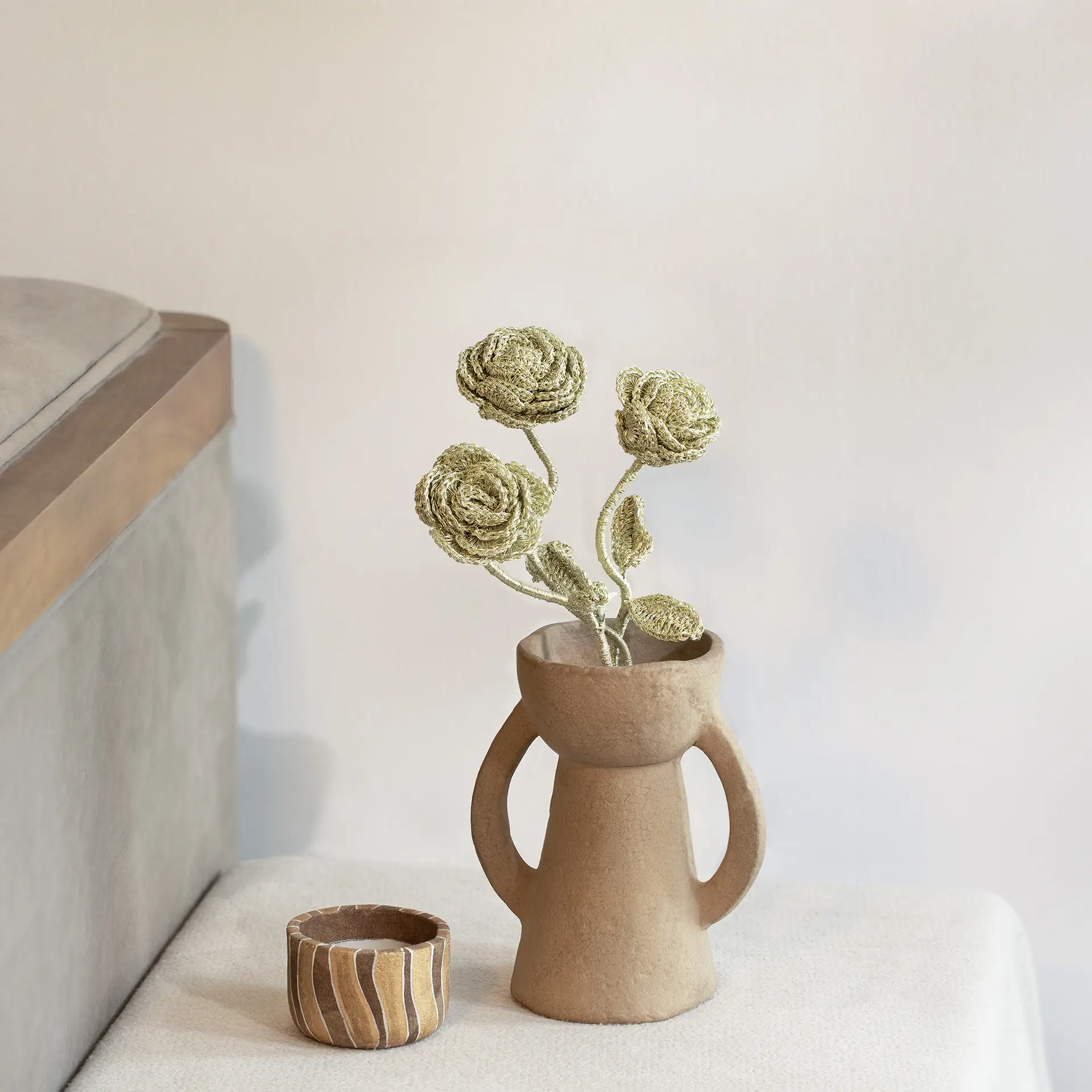








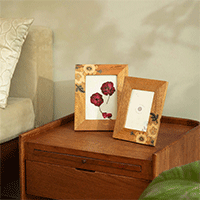













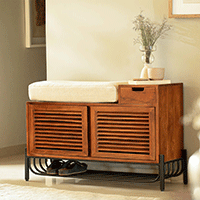
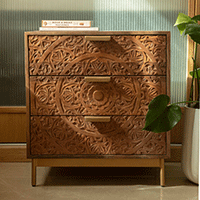

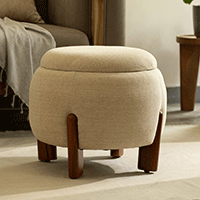













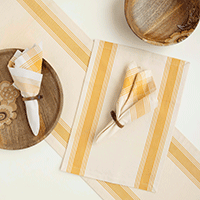





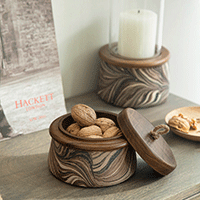




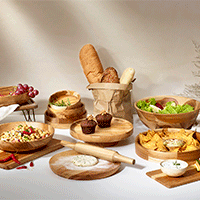
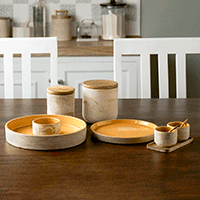

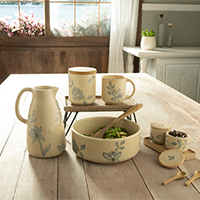




















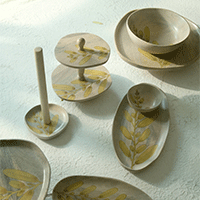

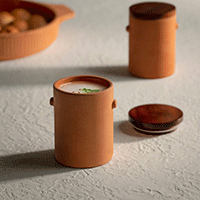



















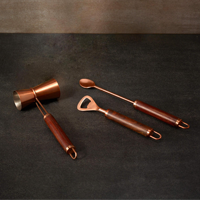













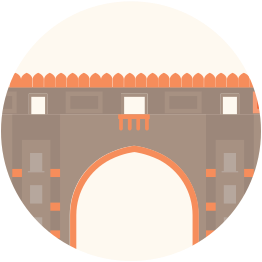
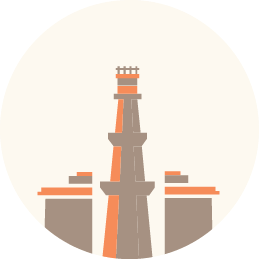




 easy returns
easy returns safe & secure
safe & secure hand crafted
hand crafted
